We've discussed at some length on this forum the approaches one can take to introducing visual narrative to students or fellow teachers, and we've also suggested the importance of looking at it as a tradition. This really is a must. Students and educators alike tend to ascribe legitimacy to something that they perceive as part of a larger tradition. If you're wanting to teach the graphic novel in a serious way, then, I'd suggest spending a couple of weeks looking at the following with students. Cave Art Begin with a journey through the ancient world of cave art, with as many exciting stops along the way as you can. Even better, get your students to create their own cave art so that they can show themselves the power it must have held for ancient peoples who were desperate to tell their stories. Egyptian Hieroglyphics Make your next stop the hieroglyphics of ancient Egypt, showing students the beauty and detail that went in to telling stories through symbolic imagery. As well, check out the "Word and Image" activity featured on this site that gives students opportunities to marry the verbal and the visual. The Bayeux Tapestry There is simply no way to dispense with showing students the Bayeux Tapestry, a remarkable example of a woven graphic story, created in France as a testament to the events that culminated in the Battle of Hastings. If they don't think it's a comic, you can always show them this! Stations of the Cross Many people look at a work of visual narrative every week without even knowing it. A great thing to share with students and fellow colleagues is the many manifestations of the Stations of the Cross, a story told in word and image that has been around for hundreds of years! While you're at it, show them the Wordless Narrative activity featured on our site. A Rake's Progress William Hogarth was on to something when he created a series of paintings that tell the story of a young man who wastes a fortune through reckless living. A Rake's Progress is not simply a brilliantly conceived work of art, but a fine example of visual narrative. Next time we'll start with William Blake and then move into 19th and 20th century examples of visual narrative that can help you to reinforce with students and fellow colleagues its fascinating tradition! If you enjoyed this article, you might also enjoy:
0 Comments
Three Great GNs for Teaching Literature in Context This coming year, I've decided to do something rather bold. Now to me it doesn't seem bold, but no doubt some of my fellow IB educators will feel otherwise. For 2014-15, I've decided to replace each of our current texts for the Literature in Translation unit in the Language A: Literature course at The York School with graphic novels from the PLT (Prescribed Works of Literature in Translation). Those of you who love graphic novels and want an opportunity to teach them in a context other than in Unit 4 (The Options Unit) can do so in Unit 1. For those who are teaching the Language A course in English, there are currently four graphic novels you can choose from:
I won't be teaching these graphic novels until January 2015, but I can hardly wait. Although the contexts of these works are naturally all different (Aya, for instance, deals with growing up in the 70s in The Ivory Coast while Persepolis obviously deals with the Iranian Revolution in 1979), I think it's cool for students to have the graphic novel format as a consistent thread throughout the unit. The visual also gives them something else to focus on that is textual rather than contextual, an important feature for the Literature in Translation Paper that serves as the summative assessment for this unit. If you're an IB Educator for Language A: Literature, let me know what works you're planning to do for the Literature in Translation unit. Depending on your titles, I can point you in the direction of some graphic works that might help to facilitate your students' understanding! If you enjoyed this article, you might also enjoy: |
Glen DowneyDr. Glen Downey is an award-winning children's author, educator, and academic from Oakville, Ontario. He works as a children's writer for Rubicon Publishing, a reviewer for PW Comics World, an editor for the Sequart Organization, and serves as the Chair of English and Drama at The York School in Toronto. If you've found this site useful and would like to donate to Comics in Education, we'd really appreciate the support!
Archives
February 2019
|

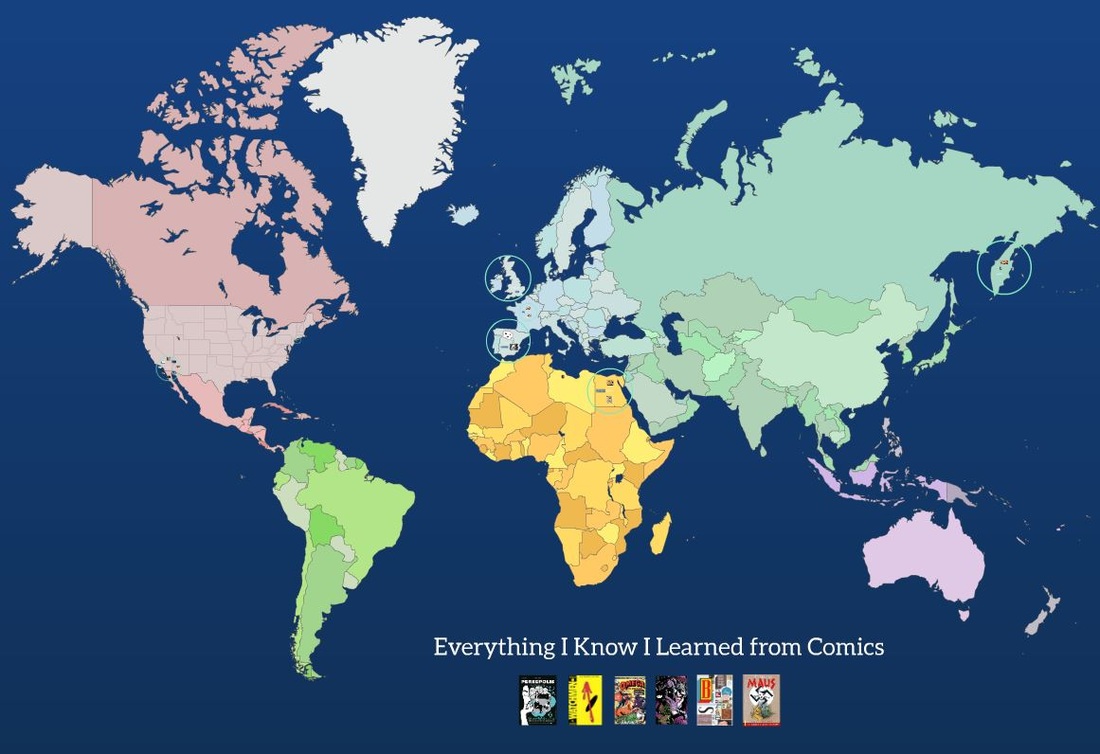
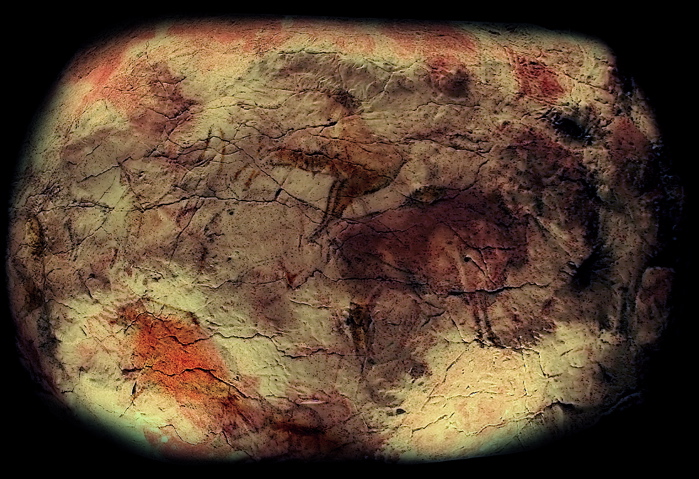
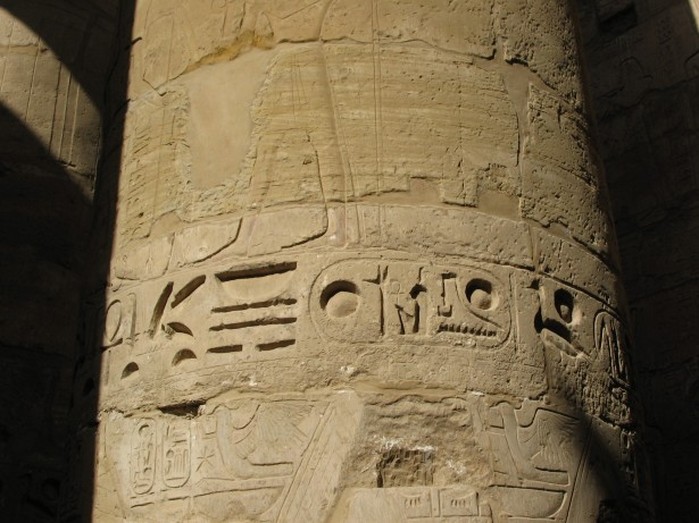
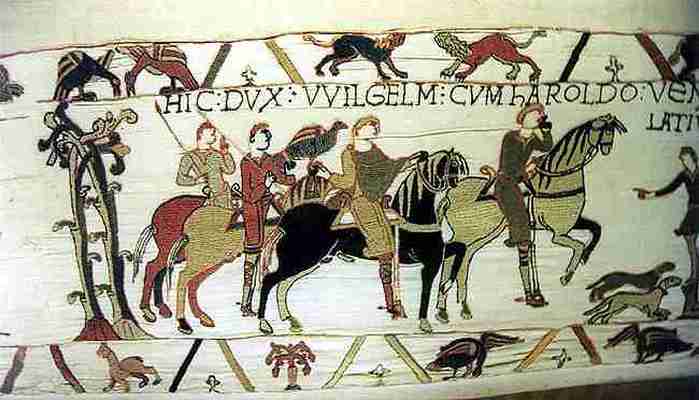
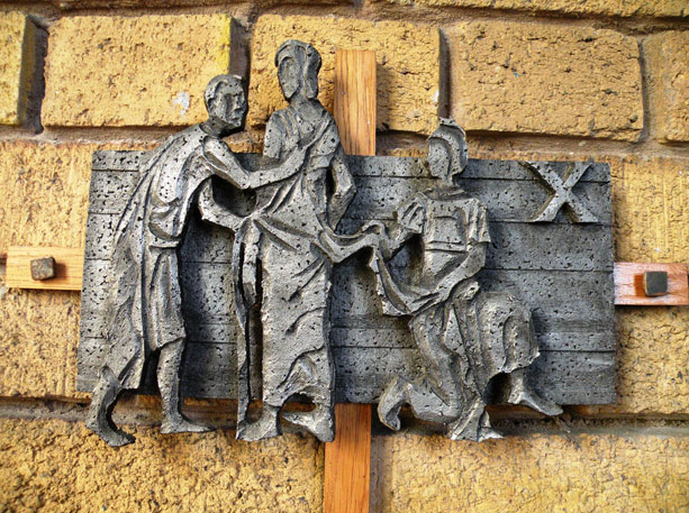
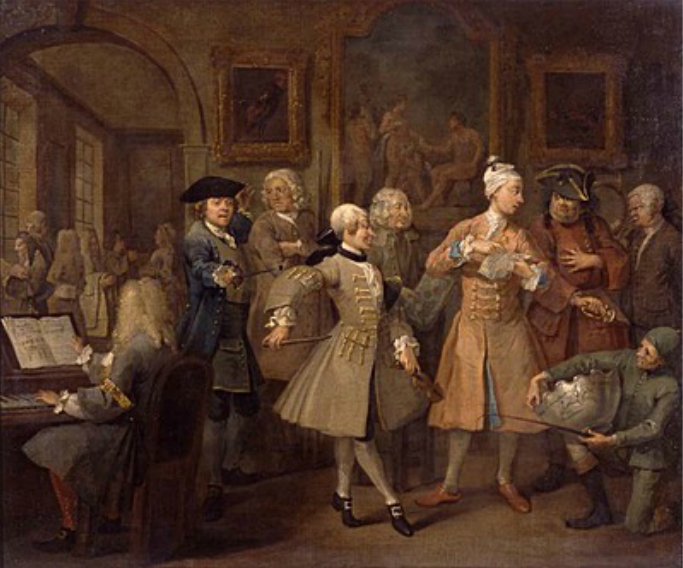
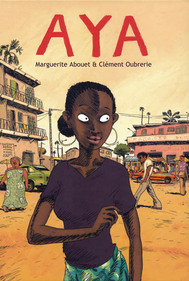
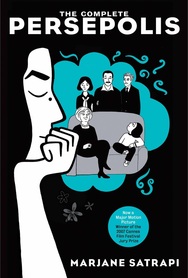


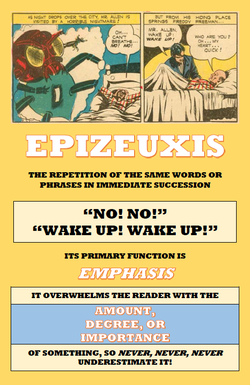
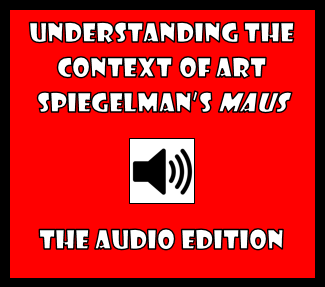
 RSS Feed
RSS Feed
